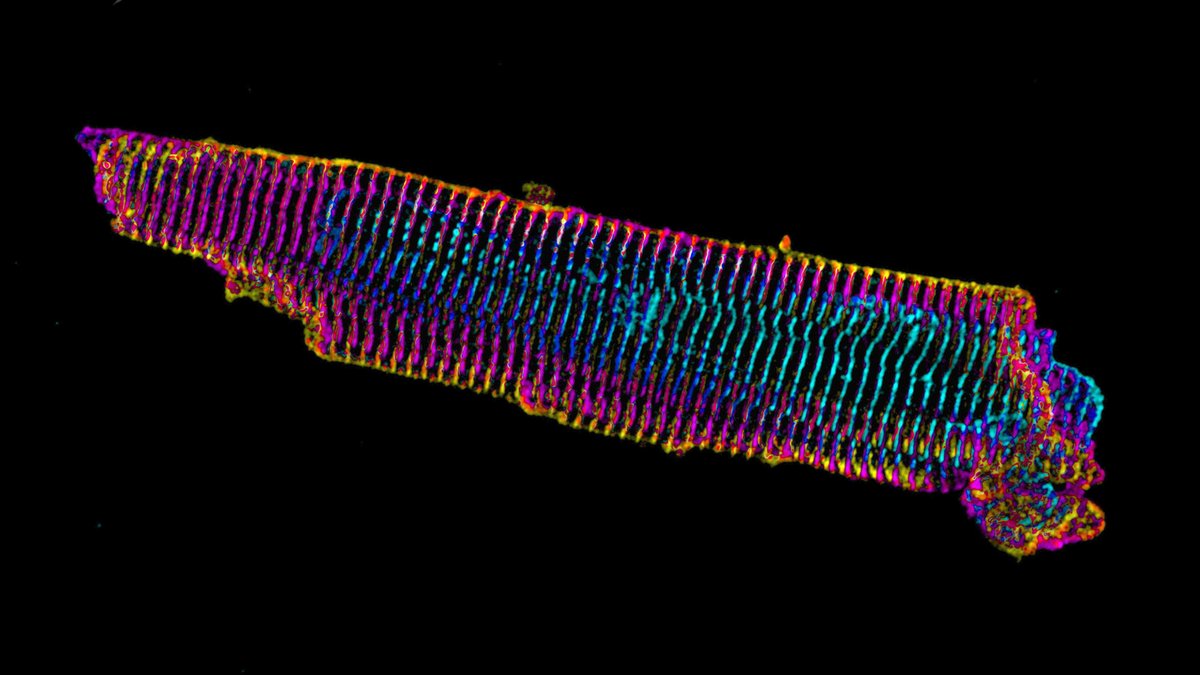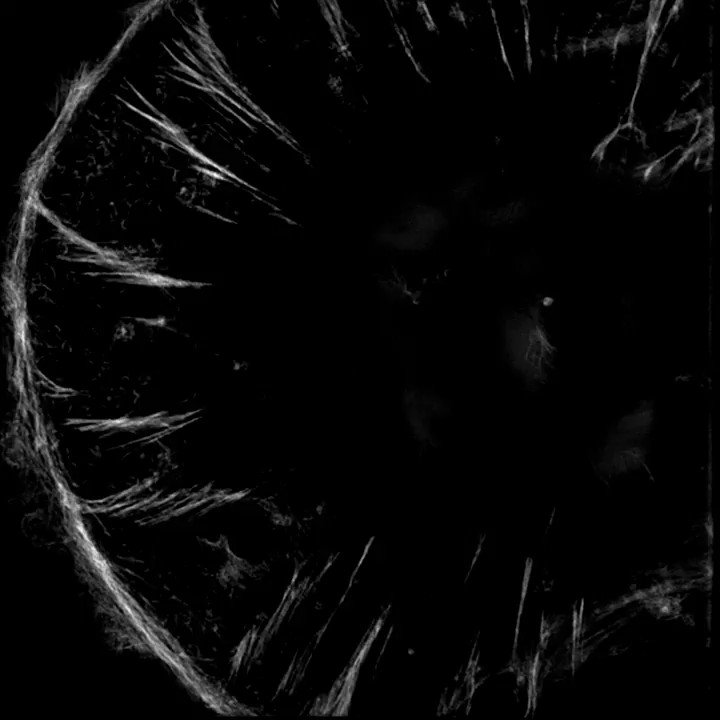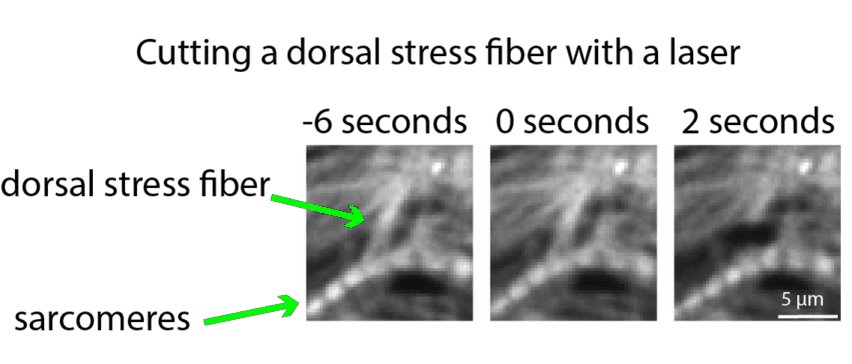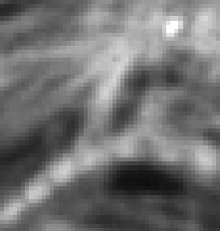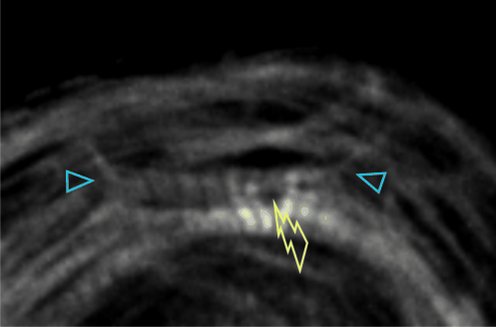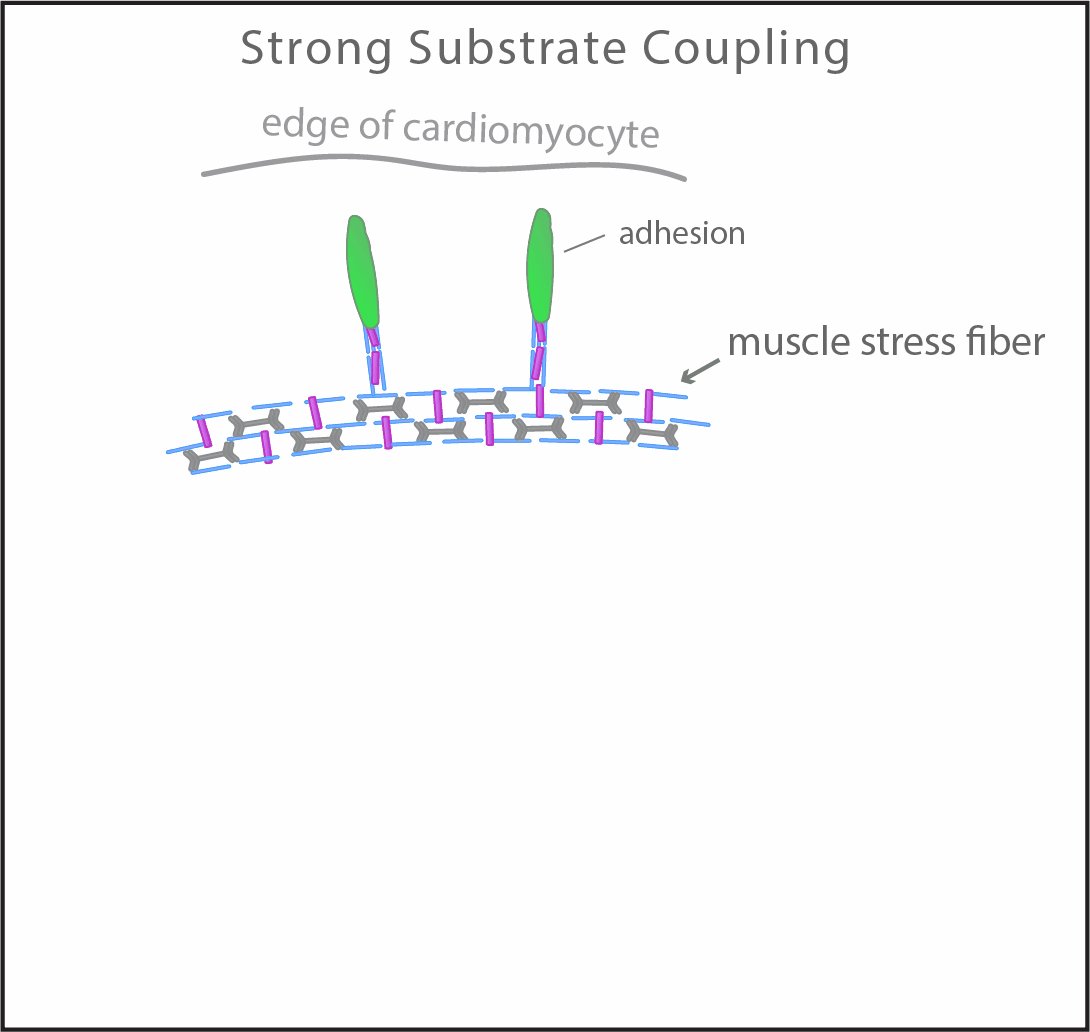All Women are at risk of getting Cervical Cancer. It often affect women over age 30.
Long-lasting infection with certain types of human papillomavirus (HPV) are the main cause of cervical cancer.
HPV is a virus that is passed from one person to another during sex.
A Thread 🚺
More than half of sexually active people might have HPV at some point in their lives, but few women will get CERVICAL CANCER.
Early Screening tests & the HPV vaccine can help prevent cervical cancer.
When cervical cancer is diagnosed early, it is highly treatable &....
2/cont.
associated with long survival and good quality of life.
Most (almost all) cervical cancers are caused by HPV.
There are many types of HPV.
Some HPV types can cause changes on a woman’s CERVIX that can lead to cervical cancer as time goes on, WHILE other types can cause genital
or skin WARTS . HPV is so common that most people get it at some time in their lives.
HPV usually causes no symptoms so you can’t tell that you have it. For most women, HPV might be SELF LIMITING (ie it will go away on its own); However, if it doesn't, there are a chances that
over time it may result to cervical cancer.
OTHER FACTORS CAN INCREASE YOUR RISK of CERVICAL CANCER —
•Having HIV/AIDS
•Smoking.
•Using Oral contraceptives (birth control pills) for a long time (5+ years)
•Having birth to many children (4+ yrs).
•Having many sexual partners
